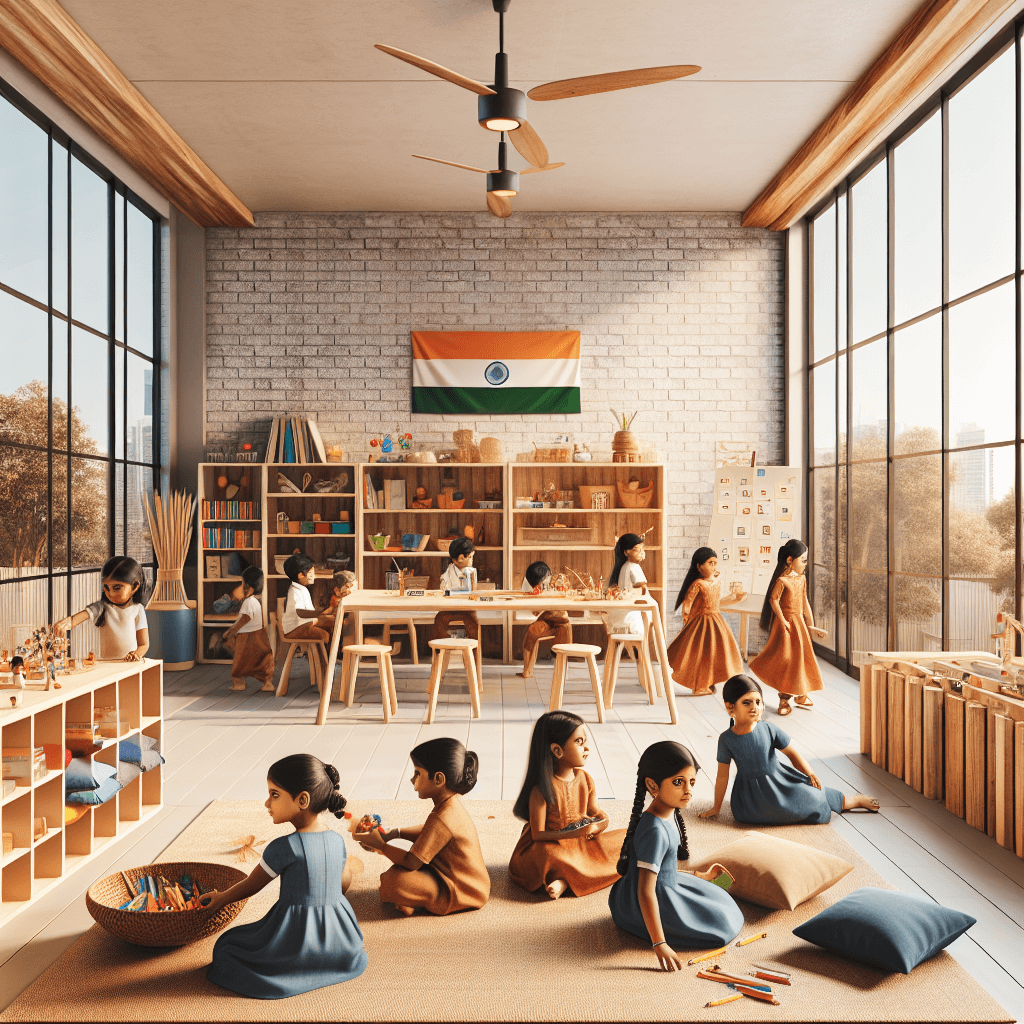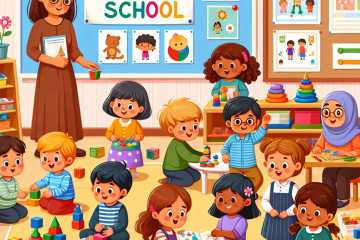Unlocking Early Education Potential in India with Nordic Pedagogy
Introduction: Bridging the Educational Divide
The educational landscape in India is evolving rapidly, but early education remains an area requiring significant enhancement. One solution to this challenge might lie in Nordic pedagogy, a teaching approach developed in Scandinavia that emphasizes child-centric learning, outdoor activities, and emotional well-being. This blog explores how Indian early education systems can benefit from Nordic pedagogical principles for a more holistic development of children.
What is Nordic Pedagogy?
Originating in Scandinavian countries like Denmark, Finland, and Sweden, Nordic pedagogy focuses on fostering a child’s natural curiosity and love for learning through a balanced mix of academic and play-based activities. Key features include:
- Child-centric Learning: Encouraging children to lead their own learning experiences.
- Outdoor Activities: Emphasizing the importance of outdoor play and nature-based learning.
- Emotional Well-being: Prioritizing the emotional and social development of children.
- Inclusive Education: Making sure that all children, regardless of their abilities, participate together.
Benefits of Nordic Pedagogy for Early Education in India
Implementing Nordic pedagogical methods in Indian early education could bring multiple benefits. Let’s explore some of these potential advantages:
1. Holistic Development
One of the fundamental aspects of Nordic pedagogy is its focus on holistic development. Instead of merely prioritizing academic excellence, this method encourages the growth of social, emotional, and physical skills. This approach prepares children for real-life challenges, making them well-rounded individuals.
2. Enhanced Creativity and Critical Thinking
Nordic pedagogy emphasizes creative and critical thinking over rote learning. Children are encouraged to ask questions, explore various solutions, and engage in meaningful learning activities. This nurtures a sense of curiosity and fosters problem-solving abilities from a young age.
3. Emotional and Social Skills
Emotional well-being is at the core of Nordic pedagogy. Through structured social interactions and activities that emphasize empathy and cooperation, children learn to manage their emotions and develop better interpersonal skills.
4. Outdoor Learning and Physical Health
Outdoor activities play a significant role in Nordic education. Regular engagement with nature not only promotes physical health but also enhances mental well-being. This approach can be especially beneficial in India, where urbanization limits children’s access to natural environments.
Challenges in Implementing Nordic Pedagogy in India
While the benefits are clear, implementing Nordic pedagogical principles in India comes with its own set of challenges:
1. Infrastructure
The Nordic model often relies on state-of-the-art facilities and resources. Many Indian schools, particularly in rural areas, may lack the necessary infrastructure to adopt these methods fully.
2. Teacher Training
For effective implementation, teachers need thorough training in Nordic principles. This would involve a shift from traditional teaching methods to more modern, child-centric approaches.
3. Cultural Differences
The societal and cultural contexts of Scandinavia and India differ significantly. While some aspects of Nordic pedagogy can be easily adapted, others may require careful consideration and customization to fit into Indian cultural norms.
Steps Towards Integrating Nordic Pedagogy in Indian Education
The challenges are significant but not insurmountable. Here are some actionable steps to facilitate the integration of Nordic principles into early education in India:
1. Policy Support
Government and educational bodies need to create policies that encourage the adoption of holistic and child-centric educational approaches. Policy support can make it easier for schools to transition to these new methods.
2. Training Programs for Educators
Comprehensive training programs designed in collaboration with Nordic educational experts can prepare Indian educators to adopt and implement these pedagogical methods effectively.
3. Pilot Projects
Starting with pilot projects in select schools can help identify potential challenges and best practices. These projects can serve as models for broader implementation across the country.
4. Community Involvement
Engaging parents and communities in the process is essential for the successful adoption of any educational innovation. Workshops, seminars, and interactive sessions can help build the necessary support system for this transition.
Conclusion: A Bright Future for Indian Education
The incorporation of Nordic pedagogical principles into the Indian early education system offers promising prospects. By focusing on holistic development, emotional well-being, and creative learning, India can create a more inclusive, effective, and dynamic educational landscape. Though challenges exist, strategic planning and collaborative efforts between policymakers, educators, and communities can unlock the full potential of early education in India.
Adopting Nordic pedagogy could indeed be the key to nurturing a future generation that’s not just academically accomplished but also emotionally intelligent and socially responsible.




